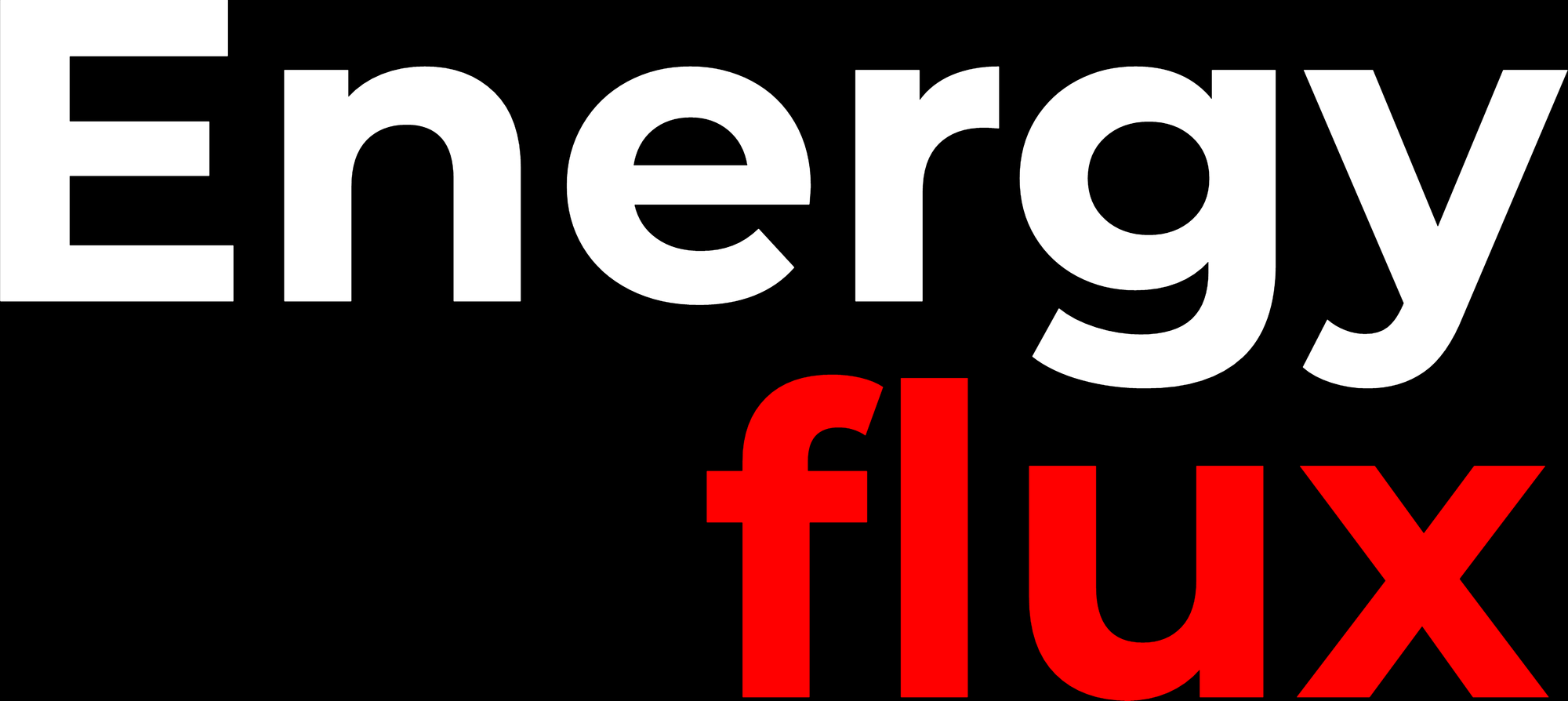Iraq turns to France for help curbing its energy profligacy; Biden’s offshore wind push; Santos’ LNG gamble + ✨MORE✨
💥Energy Flux💥 Wednesday, 31st March 2021


Member discussion: Iraq turns to France for help curbing its energy profligacy; Biden’s offshore wind push; Santos’ LNG gamble + ✨MORE✨
Read what members are saying. Subscribe to join the conversation.





